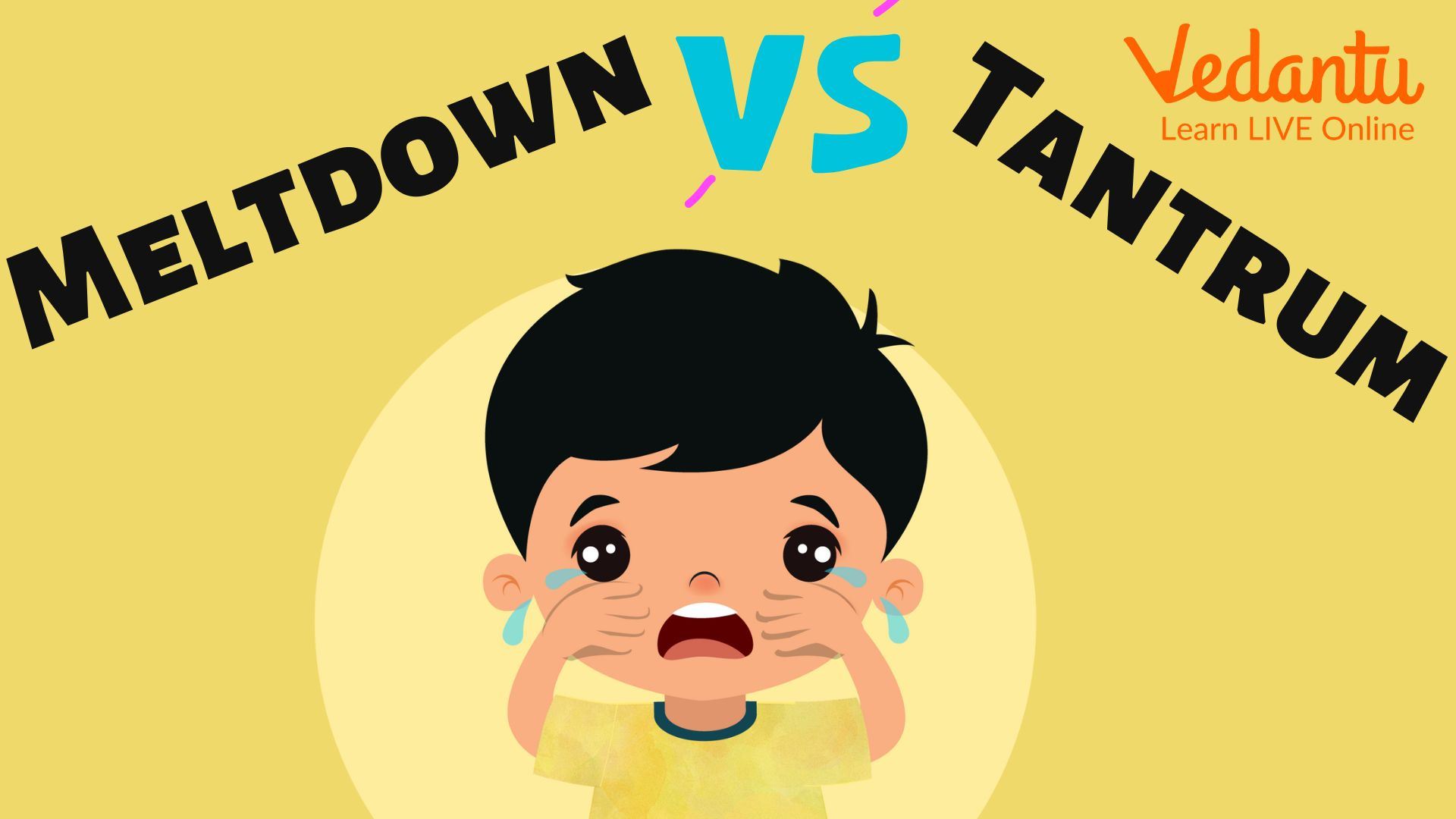Emotional Meltdown: Reasons for Toddler Meltdown
Unlike adults, children do not know how to control their emotions. They tend to show their anger and emotional dissatisfaction very quickly, which can be annoying. It comes as no surprise to parents if their children suddenly start crying. Sometimes they do not stop crying if their wish is not fulfilled. This is what we can define as an emotional meltdown in kids.
But what is a meltdown actually? The answer differs for everyone. When an adult has a meltdown, it is a different reason, but when a child has it, it can be due to something entirely different. One of the biggest challenges of parenting is indeed a toddler meltdown. But knowing how meltdowns are structured can help the parents figure out their children’s mindsets.
What do You Understand by Meltdown?

Meltdown reasons
Indeed, tantrums and meltdowns are hard to handle for anyone. When they start happening frequently, it becomes harder to handle that. So, to solve the problem, you need to understand what a meltdown is.
An emotional meltdown is the result of severe distress. Its outcome varies from person to person. From getting angry to starting to weep uncontrollably, these are the symptoms of an emotional meltdown. So, if you want to know how meltdown structured the mind of your child, you need to know the reasons why it happens.
Why Do Kids Have Meltdowns?
Dr. Dickstein compared meltdowns and tantrums to fevers. It can trigger due to several reasons that parents do not always understand. If your kids have frequent meltdowns, you might wonder why kids be melting down nowadays; here we have provided multiple reasons for why toddler meltdown happens:
According to Fordham University’s Amy Roy, ADHD is one of the biggest reasons why kids be melting down. A clinical psychologist, Vasco Lopes, implies that lack of focus and the inability to complete any work are some symptoms that contribute to the children's emotional outbursts. When you can see your children facing these problems, you need to pull yourself back first before trying to focus on them. Even though their outbursts may infuriate you, try to calm yourself and approach your child politely.
Having any learning disorder can cause an emotional meltdown in kids. If you see them acting out in school, or if you see that a particular subject frustrates them, they likely have a learning disorder. In this case, help your children with their studies and find new ways to teach them the subjects.
Children always lack words to speak their minds, especially toddlers. Those children on the autism spectrum are usually comfortable with their convenient and regular life. Any sudden change can throw them off balance. At this time, they usually fail to speak their minds and express their desire. These are the times they are more prone to an emotional meltdown.
The absence of certain skills can also be why children have meltdowns. Lack of problem-solving capability, negotiating for something they want, control over impulses, self-soothing, being aware of their expectation in a situation, and feeling the need to communicate with adults, are the reasons that cause a meltdown in kids.
Anxiety is one of the many factors for having emotional outbursts. If you want to know how meltdown has structured the sudden outbursts of your child, then try to diagnose if your kids suffer from anxiety. Usually, the sense of abandonment and learning disabilities can cause anxiety in children. You will need to understand the reason behind their meltdown to calm them.
When your child gets a meltdown, you need to approach them with a calm mind and a low voice tone. On the other hand, getting annoyed or shouting at them will worsen the situation.
Tantrum vs Meltdown

Meltdown and Tantrum differences
If we speak about the tantrum vs. meltdown, this competition is very old and is one of the two most common challenges people face during parenting. However, these two are different things. To know whether your child frequently has meltdowns or tantrums, you must know the difference between tantrums and meltdowns. Here we have discussed some of the differences between the two:
Tantrums are usually mild outbursts and are easily controlled. But when children have an emotional meltdown, it comes across as very difficult to handle. In case of a meltdown, children lose all control and only get in control if their parents calm them down.
A child throws tantrums, usually when she is scared, angry, or does not get what she wants. But meltdowns happen when she feels overwhelmed. Not having the ability to handle emotions such as fear or anxiety can cause meltdowns.
While anger is the biggest cause of tantrums in kids, anxiety can be the main reason for the meltdown. If you want to find out the difference between a tantrum and meltdown, this can be a good point. A child can become angry when they feel that their wishes are not fulfilled. But anxiety can be a bigger trigger. Kids usually freak out, and they have meltdowns.
When your kids have a tantrum, they become partially commutative, but they are a lot less verbal in case of a meltdown.
When your child has a tantrum, they can negotiate, but if they have a meltdown, they are never able to do that.
Tantrums are usually short-lived, so a child can recover from them quickly. But the condition is not the same in meltdowns.
Conclusion
A kid’s psychology, just like an adult's, is complex. They always lack the words to speak their mind and verbally communicate what they want. If they feel a certain emotion, they fail to show that to their parents. It causes them mentally. Usually, their emotions come out in the form of tantrums. They do it sometimes to gain attention. But feeling overwhelmed can be the reason why they have multiple meltdowns.
Parents need to know the reasons to bring it under control. Spend time and give the kids emotional security to solve the problems.






